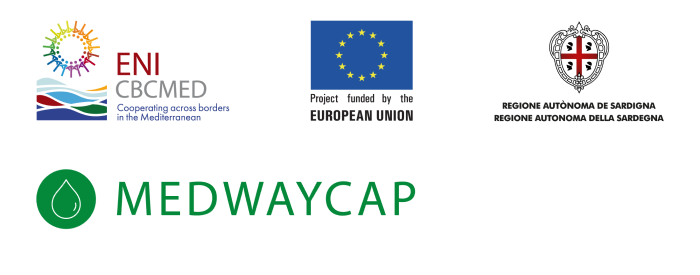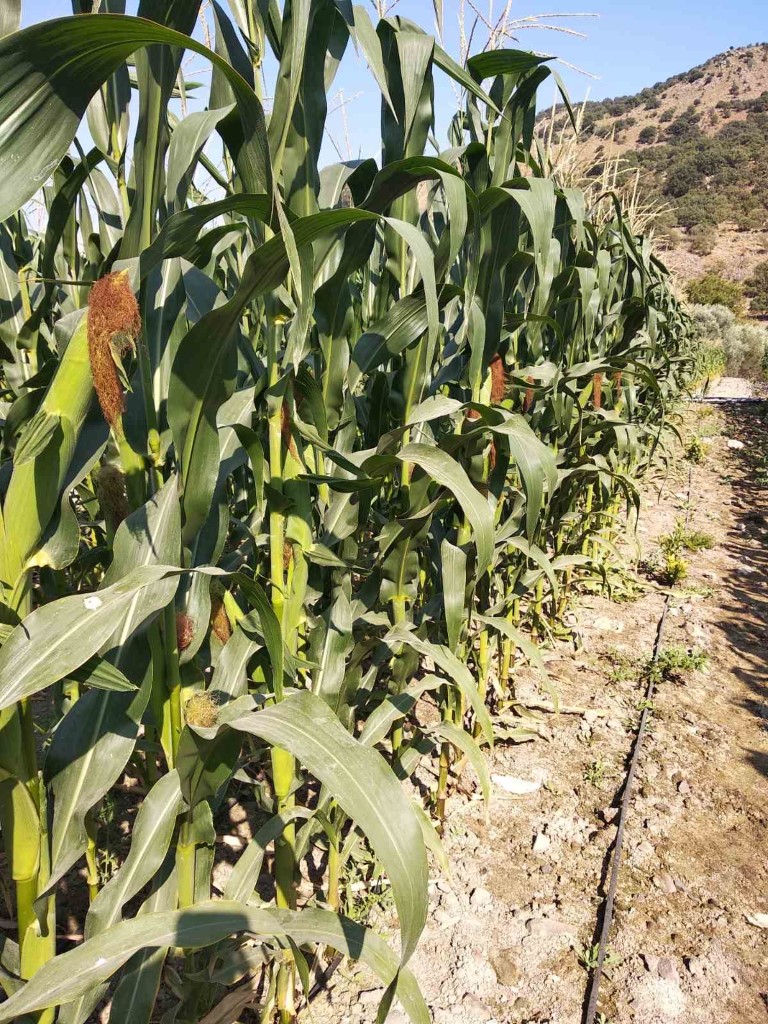Presentation of the Best Practice
Target challenge
- Water for irrigation and food production is not available
- Environmental pollution
- NCW not valued locally
- High treatment cost
- Low sustainability of the treatment system
Area Typology
- Rural area
Main beneficiaries
- Water Utilities
- Local Population
- Farmers
Funding
- EU funding
Used technologies / tools
- HYDRO 1 + HYDRO 2
- HYDRO 1. Upflow sludge blanket reactor (UASB); vertical subsurface flow saturated wetlands (VF SAT)
- vertical subsurface flow unsaturated wetlands (VF UNSAT)
- Sludge drying reed beds (SDRB)
- Composter
- UV disinfection.
- HYDRO 2: Agroforestry
Implementation site
NCW type
- Municipal wastewater (MWW)
NCW USE
- Ecosystem
- Field irrigation
- Recycling
Self-Assessment
TRL : Technology Levels
Obstacles to implementation
- Isuffi cient funding instruments to support solution for NCW
Obstacles to funding
How your Best Practice is economically feasible ?
Cheaper than convention WWTP at decentralised scaleResult of this assessment
LCA analysis was developed in WP6 (WP Leader: Brunel university; Alban Echchelh; Alban.Echchelh@brunel.ac.uk)Enviromental impact
SDGs
Validation/upscaling
Potentiel of exploitation/outscaling
Lessons learnt
Recommandations
Highlighted KPI
Technical indicators
Economical indicators
Without consideration of the depreciation period





Social impact of the BP
Jobs created comment: To be requested to the WP8 leader (Semide; Eric Mino e.mino@semide.org)